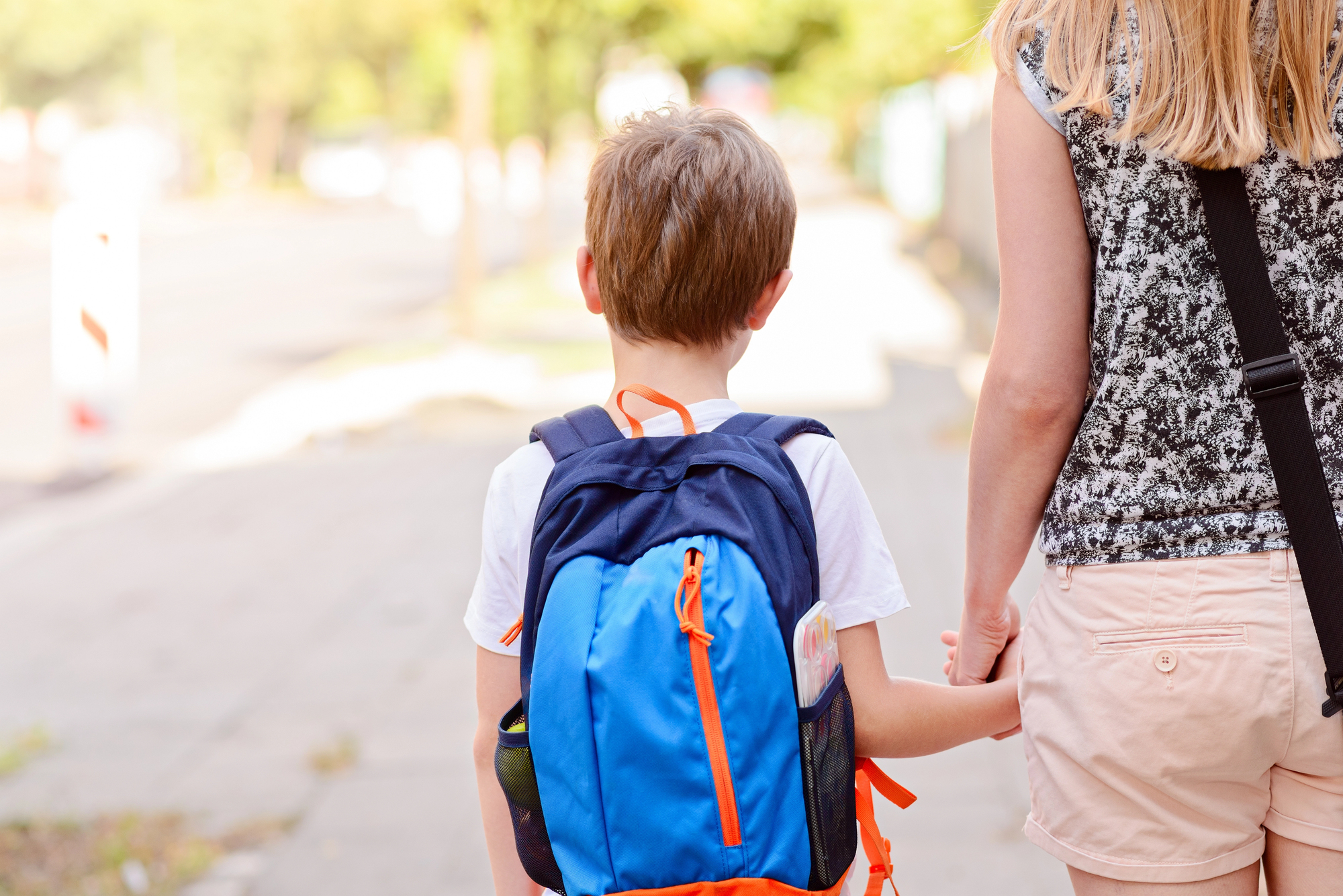Back to School Means Back to Traffic: Drive Smarter This September
Let's keep Cork's students safe.

- As schools across Cork continue their staggered reopening, with some secondary schools already back this week and most primary schools returning around 1 September, drivers need to adjust to busier roads, altered traffic patterns, and the return of thousands of young pedestrians and cyclists. Here's your comprehensive guide to navigating the school run safely.
The familiar sight of children in uniforms walking to school is returning to Cork's streets, bringing with it a significant shift in traffic dynamics. After nearly nine weeks of quieter summer roads, drivers must quickly readjust to morning congestion, school zones, and the unpredictable movements of excited youngsters heading back to class.
Know Your School Zone Rules
Speed limits drop to 30 km/h in designated school zones, marked by those distinctive fluoro-yellow signs that have become a common sight outside schools from Ballincollig to Cobh. These zones typically operate during school hours, but many drivers forget they remain in effect throughout the school day, not just at drop-off and collection times.
Yellow zigzag markings outside school gates aren't suggestions; they're legally enforceable "school keep clear" zones. Stopping on these markings, even briefly to let a child hop out, can result in penalty points and fines. Cork City Council has been particularly vigilant about enforcement near busy schools across the city and county.
Morning Rush Hour Changes
As more schools return over the coming days, expect your commute to take progressively longer. The 8:00 to 9:00 rush will intensify dramatically, particularly on routes like the South Link Road, Skehard Road, and around the Kinsale Road roundabout. Parents dropping children at multiple schools often create bottlenecks that didn't exist during the summer months.
Consider leaving 15 minutes earlier than your summer routine. That extra time buffer helps reduce stress and prevents the temptation to speed through school zones when running late.
Safety Around School Gates
Children, particularly younger ones starting Junior Infants, can be unpredictable near school entrances. They might suddenly dart across roads to greet friends or chase after dropped lunch boxes. When approaching any school, reduce speed well before the designated zone and scan constantly for movement between parked cars.
Watch for children wearing headphones or looking at phones; secondary school students are particularly prone to stepping into traffic whilst distracted. Areas around Cork's many secondary schools see heavy foot traffic from teenagers who may not always use designated crossings.
Parking and Drop-off Etiquette
The temptation to "just quickly" stop on double yellow lines or in bus lanes for school drops is strong, but it creates dangerous situations. Children forced to navigate around illegally parked vehicles face increased risk, and you could face substantial fines.
Many Cork schools have implemented "Park and Stride" initiatives, encouraging parents to use nearby car parks and walk the final few hundred metres. Several shopping centres around Cork allow parents to use their car parks for morning drop-offs, reducing congestion at school gates.
Never stop in areas blocking residents' driveways or designated bus stops. Cork Bus has reported numerous delays caused by cars blocking stops during school runs, which creates knock-on effects throughout the morning schedule.
Weather and Visibility Challenges
Irish weather adds another layer of complexity to school commutes. September mornings often bring fog along the Lee Valley, reducing visibility significantly. Those darker mornings mean children in dark uniforms can be nearly invisible, especially in areas without adequate street lighting.
Use dipped headlights during morning fog or heavy rain, not just for your visibility but to ensure others see you. Leave extra stopping distance; wet leaves common in autumn create surprisingly slippery conditions, particularly on suburban roads lined with mature trees.
Alternative Transport Benefits
Where possible, encourage walking, cycling, or scooting to school. Cork City Council's Safe Routes to School programme has improved cycling infrastructure around many schools, with new bike lanes and improved pedestrian crossings in various locations across the city and suburbs.
Not only does this reduce traffic congestion, but it provides children with exercise and independence. If the full journey isn't feasible, even parking a five-minute walk from school helps reduce gate congestion whilst giving children some morning activity.
Specific Cork Considerations
Construction on several Cork roads adds complexity to school runs this term. Various ongoing works mean alternative routes will be busier than usual, particularly during morning peak times.
Schools in rapidly growing areas like Carrigtwohill and Midleton will see increased traffic as new housing developments bring more families to these expanding suburbs. Allow extra time if your route takes you through these areas.
Emergency Preparedness
Keep Cork Safety Alerts notifications active on your phone for real-time traffic updates. Morning accidents on the Jack Lynch Tunnel or South Ring Road can cause massive delays, and knowing about them early allows you to take alternative routes.
Save your school's contact number in your phone. If you're genuinely stuck in unexpected traffic, a quick call prevents worry and ensures someone watches for your child's arrival.
Looking Ahead
The first fortnight of term typically sees the most chaos as families establish new routines. By mid-September, traffic patterns usually settle into predictable flows. This year's mid-term break falls from 27 to 31 October, offering a brief respite before the darker winter mornings truly set in.
Remember, every driver shares responsibility for keeping Cork's schoolchildren safe. A moment's impatience isn't worth risking a child's safety. Slow down, stay alert, and help ensure every child gets to school and home safely throughout the academic year.
